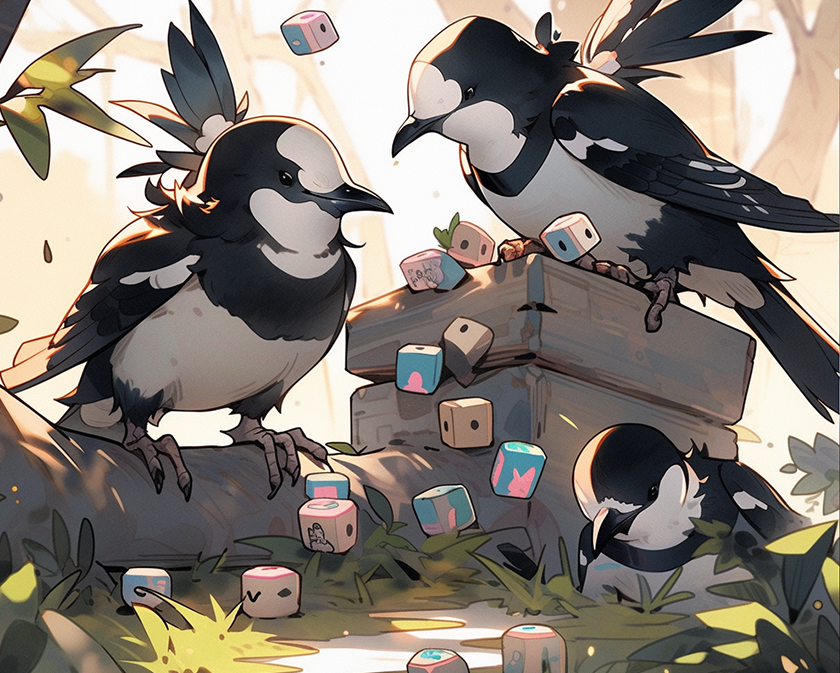How to Craft Connections: A Short Guide to Creating Exceptional Family Board Games

In the heart of every memorable family gathering lies the joyous laughter emanating from a well-loved board game. Crafting a family-based board game is not just about designing a set of rules and pieces; it’s about weaving moments of togetherness, laughter, and shared experiences. In this blog post, we’ll guide you through the process of creating a board game that becomes a cherished centerpiece of family game nights.
Table of Contents
Toggle1. Identify the Age Range
Begin by identifying the age range of the target players. A successful family board game should be inclusive, engaging both young and old. Consider mechanics and themes that resonate with various age groups.
2. Simple Rules, Deep Strategy
Keep the rules simple and easy to understand, especially for younger players. However, infuse the game with layers of strategy and decision-making to provide depth for older players.
3. Engaging Themes
Choose a theme that appeals to a broad audience. Whether it’s a whimsical adventure, a historical journey, or a mystery to solve, a captivating theme can draw players into the game. This these may be changed by a publisher later but it’s good to keep one in mind.
4. Balancing Luck and Skill
Strike a balance between luck and skill elements in the game. This ensures that everyone has a chance to succeed, regardless of age or experience, fostering a sense of healthy competition.
5. Interactive Gameplay
Foster interaction among players by incorporating elements that encourage conversation, collaboration, or friendly competition. This builds a sense of camaraderie during game nights.
6. Playtesting with Family
Regular playtesting with family members is crucial. Observe their reactions, gather feedback, and make adjustments to enhance the overall gaming experience.
7. Family-Friendly Components
Choose durable and family-friendly components. Ensure that pieces are age-appropriate, safe, and resistant to wear and tear.
8. Scalability
Design the game to accommodate different numbers of players. This scalability allows for flexibility in family gatherings, whether it’s an intimate evening or a larger get-together.
9. Educational Value
Incorporate educational elements that make learning fun. Whether it’s math, vocabulary, or problem-solving, subtle educational aspects can enhance the value of the game.
10. Create Lasting Memories
Infuse the game with moments that create lasting memories. Whether it’s a hilarious twist, an unexpected turn, or a heartwarming resolution, aim to make every game session memorable.
11. Clear Communication
Ensure that the game facilitates clear communication. Whether through visuals, simple language, or intuitive design, communication is key to a smooth and enjoyable experience.
12. Thematic Artwork
Invest in thematic and visually appealing artwork. The aesthetics of the game contribute to its overall appeal and make it more inviting to players of all ages.
13. Family Input
Involve your family in the creative process. Seek their input on themes, mechanics, and preferences. Their involvement ensures that the game resonates with the intended audience.
By following these guidelines, you’ll be well on your way to creating a family board game that transcends mere entertainment, becoming a cherished tradition that brings joy, laughter, and connection to every family game night. Let the crafting begin!







